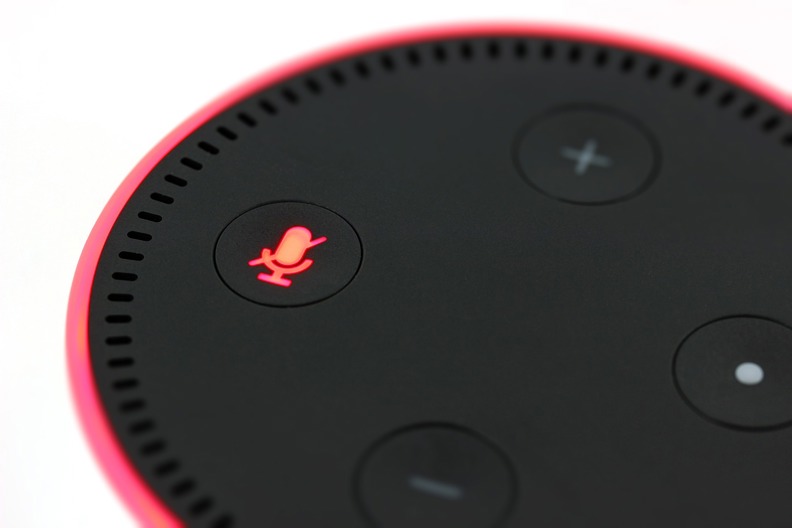In the ever-evolving landscape of consumer technology, the gender bias in design and usability has sparked a crucial conversation. As a woman navigating this tech-centric world, it's always bothered me that the most famous voice assistants in the world, Amazon's Alexa and Apple's Siri, are named after women and invariably have female voices. Siri, touted as an informative and professional assistant, has often been criticised for adopting a submissive and flirtatious demeanour in certain interactions, perpetuating gender stereotypes. Siri’s controversial responses have been widely discussed through Youtube videos such as “Things You Should NEVER Ask Siri”, which has gathered over 25 million views due to the shocking responses that Siri has given.
Siri’s ‘helper’ role continues to equate real women with assistants, further exposing them to scrutiny for not being ‘assistant-like’. The unquestioned assumption that a helpful assistant must be female reveals a pervasive gender bias in tech development. Tech companies, in their pursuit of user engagement, tend to default to female voices for their assistants, reinforcing traditional stereotypes that cast women as caregivers and helpers. This bias, however, is not limited to voice assistants alone.
Historically, the tech industry has faced censure for its male-centric approach to design and usability. Yet, positive strides are being made. Companies like Apple are taking steps to rectify this by introducing more inclusive options. Apple's addition of a male voice for Siri allows users to choose a voice that aligns with their preferences, challenging the ingrained notion that assistance should inherently sound feminine.
Smartphone design
This is not limited to just voice technology, smartphones have been traditionally designed with a one-size-fits-all approach, which may not cater to users with different hand sizes or preferences. However, some smartphone manufacturers have introduced smaller, more compact models that are easier to handle, addressing the needs of users with smaller hands. Personally, a smaller phone suits my needs as I don’t have very big hands. This shift reflects a growing trend in consumer preferences – the desire for control over not only the size but also the colour of their personal devices.
Wearable technology, including fitness trackers and smartwatches, has been guilty of neglecting the design preferences of female users too. Acknowledging this oversight, some companies are now providing customisation options, recognising that women's needs and style preferences are diverse. This includes bands and watch faces with a variety of styles and sizes. Yet, challenges persist, as fitness tracking technology, like treadmills, may not accurately account for the fluctuating heart rates of women throughout their menstrual cycles. Inaccuracies in fitness tracking data can have severe consequences for women, potentially leading to over-exertion and a warped perception of their own performance.

Amazon smart home devices like the Echo use voice assistants with female voices. Picture: Amazon
Addressing this concern, Apple's implementation of a 'cycle tracking' option in its health app signifies a step in the right direction. This not only helps women estimate their menstrual cycles accurately but also integrates seamlessly with the Apple Watch, offering a holistic approach to health and fitness.
An inclusive future
While these advancements are commendable, they mark only the beginning of addressing gender differences in consumer tech. Inclusive design, user interface considerations, and a more diverse insertion of designers and engineers are essential for further progress. Encouragingly, the tech industry is showing signs of responsiveness to these concerns, emphasising the need for continued efforts to create products that cater to a wider range of users.
I am hoping that we can create environments where varied perspectives are not only welcomed but actively sought, which can drive innovation and result in products that resonate with a broader audience. This cultural shift is fundamental to breaking away from the entrenched norms that have perpetuated gender biases in tech for far too long.
As technology continues to evolve, so must our approach to its development. By prioritising inclusivity and diversity, the tech industry can pave the way for a future where everyone, regardless of gender, feels seen and heard in the digital realm.

